In 2019, former Detroit Red Wings general manager Ken Holland accepted the same position with the Edmonton Oilers. For nearly a quarter century, Holland guided the Red Wings and captured four Stanley Cups in addition to endless successes. He poured blood, sweat, and tears into the team, keeping the playoff streak alive for as long as possible. But how did he handle the struggles near the end of his tenure? Were his final moves a roaring success or riddled with error? Today, we’ll look at his legacy and how his moves have affected the Red Wings for better or worse.
Holland Changed the Face of the Red Wings
Before becoming a general manager, Holland spent seven years as the directer of amateur scouting and three years as the assistant general manager for the Red Wings. As a scout, he secured the drafting of players like Nicklas Lidstrom, Sergei Fedorov, Vladimir Konstantinov, Darren McCarty, and Chris Osgood.
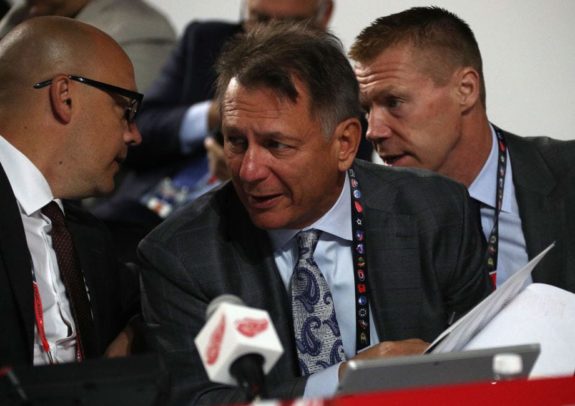
In 1997, Holland was promoted to general manager. Under his management, the team won four Presidents’ Trophies (2002, 2004, 2006, and 2008), ten division championships, five conference titles, and reached 100 regular-season points at a league-high 13 times in 17 seasons. No other team in NHL history has reached more than ten 100-point seasons.
Holland’s role as general manager was integral to the team’s drafting in the early 2000s, allowing the Red Wings to net players like Henrik Zetterberg and Pavel Datsyuk with incredibly late picks (210th overall and 171st overall, respectively). His most impressive work are the trades and signings that built the 2002 team that included future Hall-of-Famers Luc Robitaille, Brett Hull, Dominik Hasek, Chris Chelios. With the help of Holland’s management, the 2002 Red Wings are widely regarded as one of the best teams in NHL history. Nine players from the roster are in the Hockey Hall of Fame. Datsyuk could make it ten.
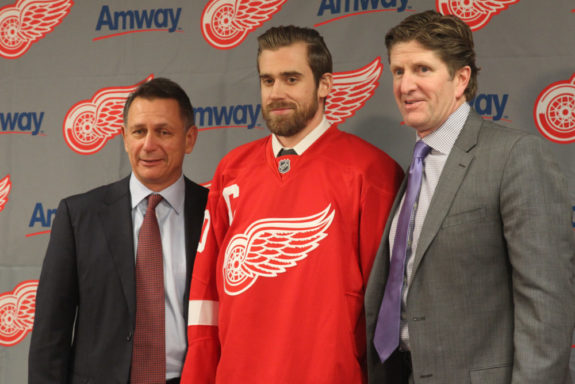
Holland Set the Red Wings up for Success
Before Holland parted ways with the Red Wings, he worked tirelessly to ensure the team was in the best place it could be. In the midst of a rebuild, he spared no expense to acquire and draft a variety of players, including Filip Zadina, Filip Hronek, Joe Veleno, and Dennis Cholowski. While it remains to be seen if the players will pan out, the fact that Holland was able to embrace the rebuild and add over 13 additional draft picks shows his commitment to the success of the organization.
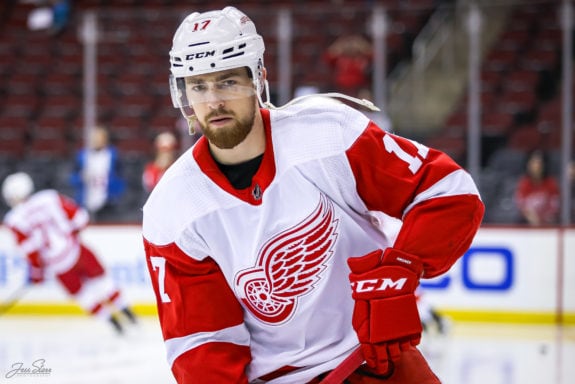
Holland was at his sharpest at the trade block. In his last three years, he was able to net surprisingly potent assets for players like Tomas Jurco, Petr Mrazek, Riley Sheahan, and even Tomas Tatar, whose return was used to select Joe Veleno. One of his most notable moves included trading Datsyuk’s contract to the Arizona Coyotes, which also included a swap of first-round picks and an extra second coming back to Detroit. Those two selections wound u being Cholowski and Hronek. Trading Nick Jensen and Gustav Nyquist last season netted Holland two second-round picks, a third, and Madison Bowey, who later filled in during Jensen’s absence.
Holland’s Red Wings Contracts
Despite Holland’s legacy of success, a number of Red Wings fans were frustrated with his contracts. Justin Abdelkader will be on the team’s payroll for the next three seasons, taking up $4.25 million per year. Since his contract extension, he has fallen off in production, becoming a statistical black hole every time he sets foot on the ice.
Frans Nielsen is signed through the next two seasons; he’ll be 38 when the deal ends. The team still has cap space dedicated to the buyout of Stephen Weiss’ contract. While cap problems may not seem like an issue at the moment, the inevitable signings of Zadina, Anthony Mantha, and Tyler Bertuzzi may prove troublesome with so much money sacrificed to so few players.
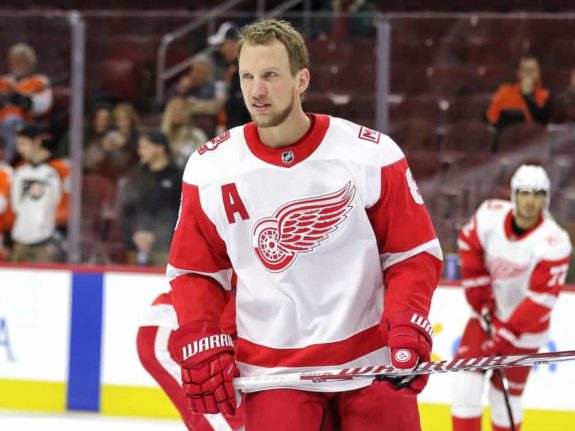
While Holland was able to secure a solid roster for a long period of time, Abdelkader’s, Darren Helm’s, and even Nielsen’s contracts may prove more harmful than helpful as the Red Wings push their youth movement into full swing. Having said that, there’s light at the end of the tunnel.
Jonathan Ericsson was a detriment to the team’s defense in recent seasons but his contract is set to expire after this season. Mike Green is gone and Trevor Daley may not be far behind. Nevertheless, the Red Wings will need to plan for the future as they let go of players from the past.
Holland’s Impact on the Red Wings
“There are very few General Mangers in the history of the National Hockey League who have accomplished what [Holland] has, and I consider it a privilege to have been able to learn from him.”
Steve Yzerman, General Manager, Detroit Red Wings
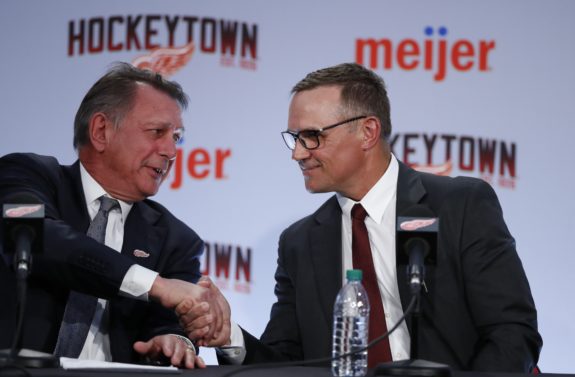
Holland’s impact on the organization will be felt for years. In the last few seasons, he set up a solid core with Dylan Larkin, Mantha, Bertuzzi, and Zadina, all while clearing over $20 million in cap space for the organization. He was also able to secure five top-100 draft picks, loading up the Red Wings’ farm team with assets for the future. After the playoff streak came to an abrupt end in 2016, Holland spared no expense to set the team up for success. Whether his draft picks pan out remains to be seen, but, as of right now, the Red Wings look like they’re on the right track thanks to Holland’s work.
What do you think? Did Holland help, or hurt the Red Wings in the long run? Let us know in the comments!